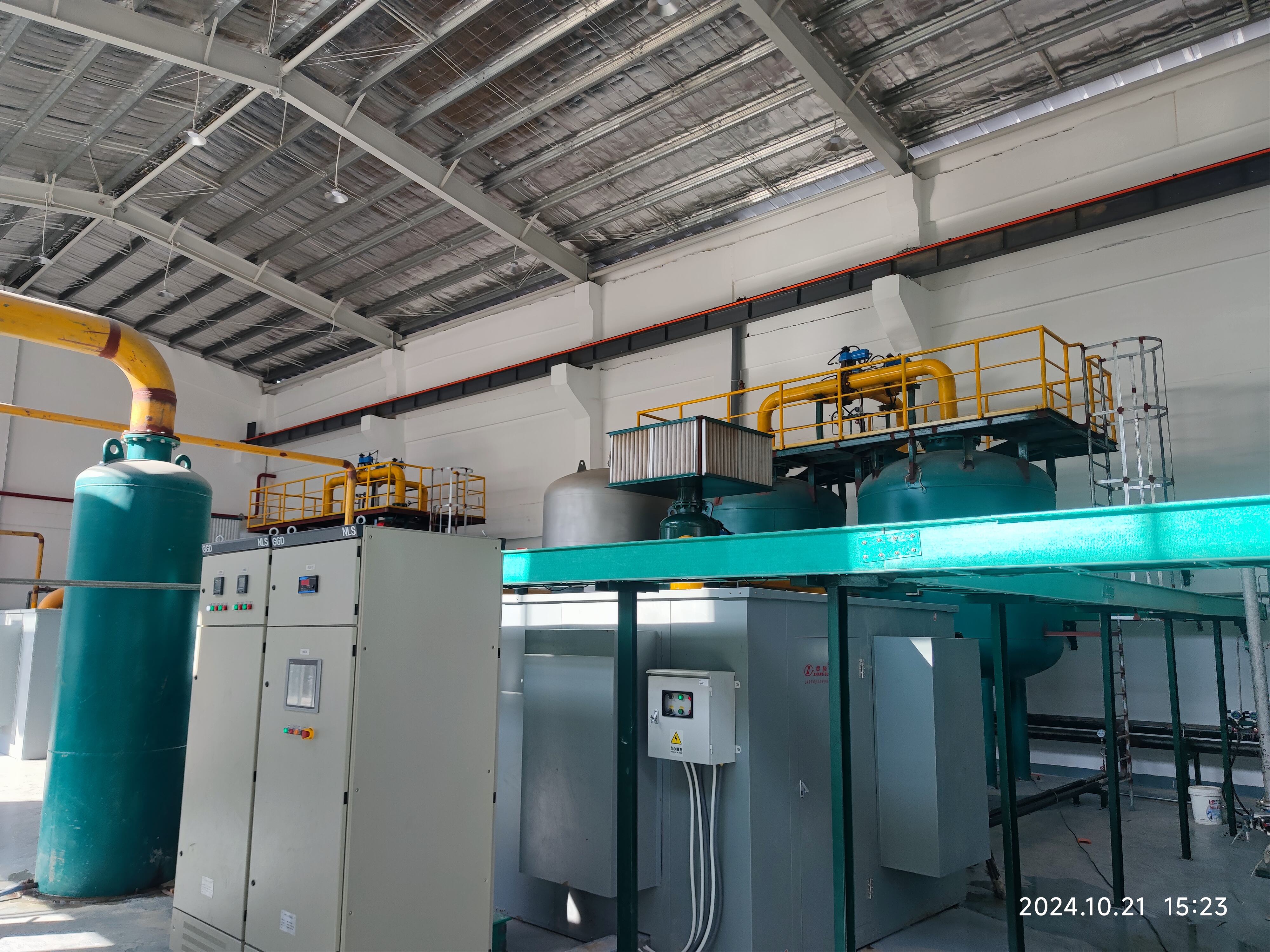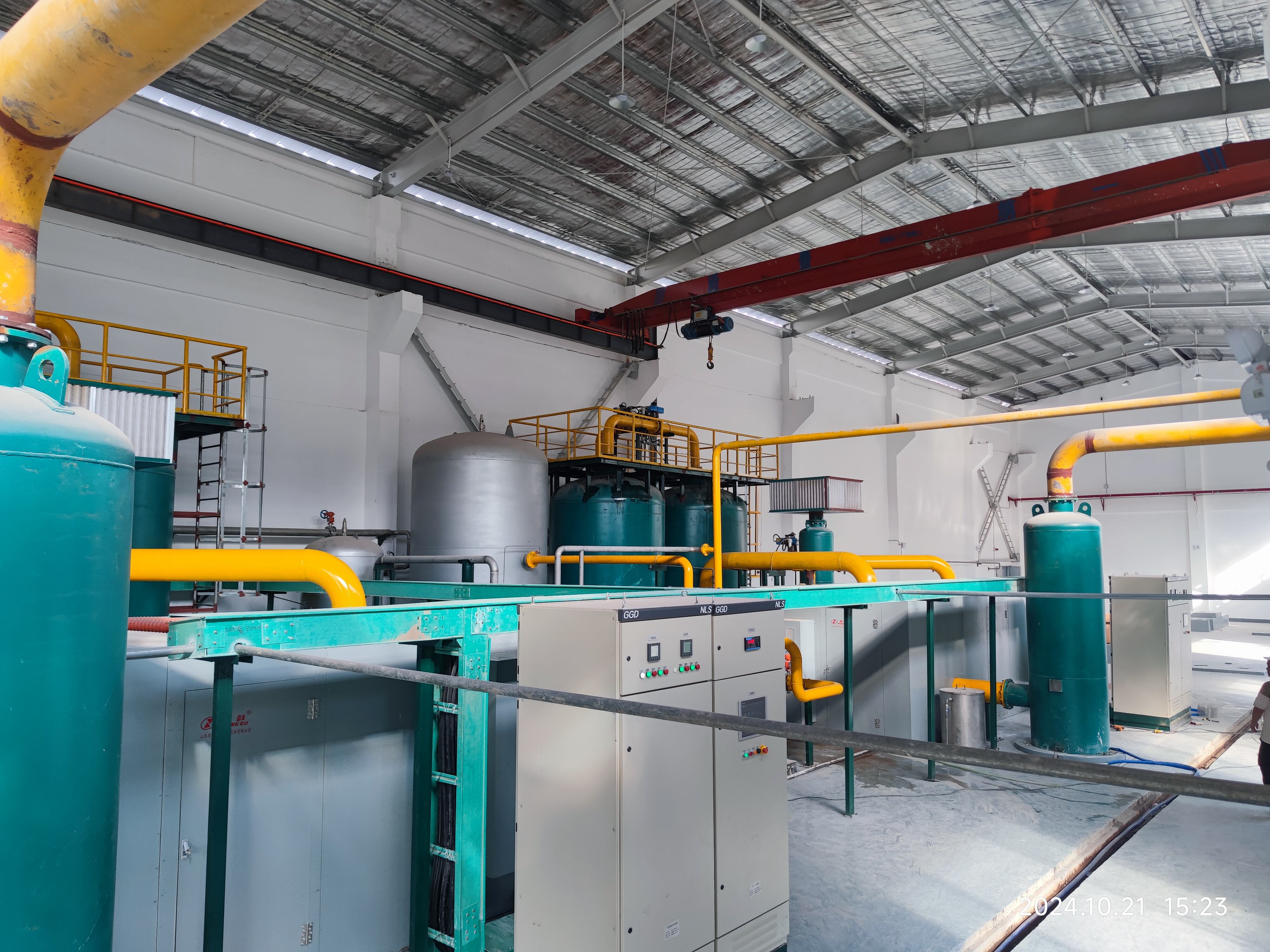উচ্চ দক্ষতা বিশিষ্ট ভিপিএসএ অক্সিজেন প্ল্যান্ট
উচ্চ-কার্যকারিতা বিশিষ্ট VPSA (ভ্যাকুম চাপ সুইং এডসরপশন) অক্সিজেন প্ল্যান্টগুলি শিল্পীয় গ্যাস বিযোজন প্রযুক্তির একটি নতুন উদ্ভাবনী সমাধান নিরূপণ করে। এই উন্নত পদ্ধতি বিশেষ জাতীয় মৌলিক সিভ এডসরবেন্ট ব্যবহার করে বায়ুমন্ডলীয় বায়ু থেকে অক্সিজেন বিযোজন করে, যা বিভিন্ন ব্যবহারের জন্য উচ্চ-শোধিত অক্সিজেন প্রদান করে। এই প্রক্রিয়া চাপ ও ভ্যাকুম পর্যায়ের একটি চক্রবদ্ধ প্যাটার্নে চালু হয়, যা গ্যাস বিযোজনের কার্যকারিতা বজায় রাখতে এবং কম শক্তি ব্যবহার রক্ষা করতে সাহায্য করে। প্ল্যান্টগুলি সাধারণত ৯৫% পর্যন্ত অক্সিজেন শোধিতা অর্জন করে, যা এগুলিকে বিভিন্ন শিল্পীয় এবং চিকিৎসাগত ব্যবহারের জন্য আদর্শ করে তোলে। পদ্ধতির সুপ্রচারিত নিয়ন্ত্রণ মেকানিজম নির্দিষ্ট আউটপুট গুণবত্তা নিশ্চিত করে এবং বাস্তব-সময়ে কার্যক্রম পরামিতি অপটিমাইজ করে। আধুনিক VPSA অক্সিজেন প্ল্যান্টগুলিতে স্মার্ট নিরীক্ষণ পদ্ধতি সংযুক্ত রয়েছে যা পারফরম্যান্স মেট্রিক, শক্তি ব্যবহার এবং রক্ষণাবেক্ষণের প্রয়োজনীয়তা ট্র্যাক করে। এই প্রযুক্তির স্কেলিং ক্ষমতা ছোট চিকিৎসা সুবিধা থেকে বড় শিল্পীয় জটিলতা পর্যন্ত ইনস্টলেশনের অনুমতি দেয়, যার উৎপাদন ক্ষমতা ১০০ থেকে ২০০০ Nm³/h পর্যন্ত পরিবর্তিত হয়। এই প্ল্যান্টগুলিতে উন্নত তাপ ব্যবস্থাপনা পদ্ধতি রয়েছে, যা কার্যক্রমের তাপমাত্রা হ্রাস করে এবং অংশের জীবন কাল বাড়ায়। ভেরিয়েবল ফ্রিকোয়েন্সি ড্রাইভের একত্রীকরণ চাপ স্তর এবং শক্তি ব্যবহারের নির্দিষ্ট নিয়ন্ত্রণ সম্ভব করে, যা বিভিন্ন কার্যক্রম শর্তাবলীতে অপটিমাইজড পারফরম্যান্স ফলাফল দেয়।


